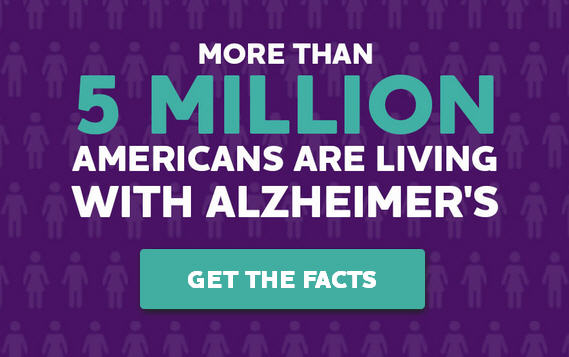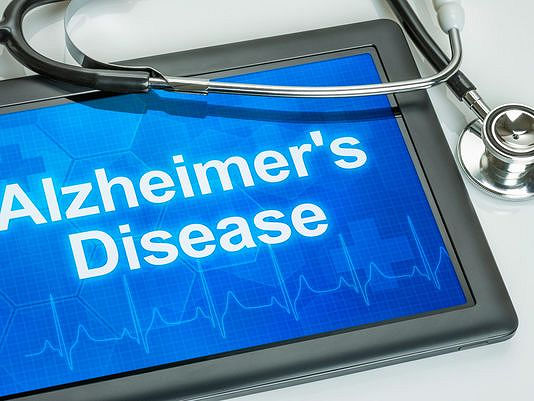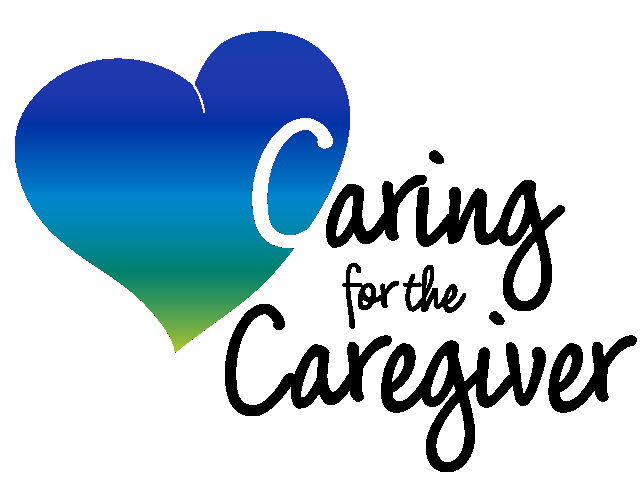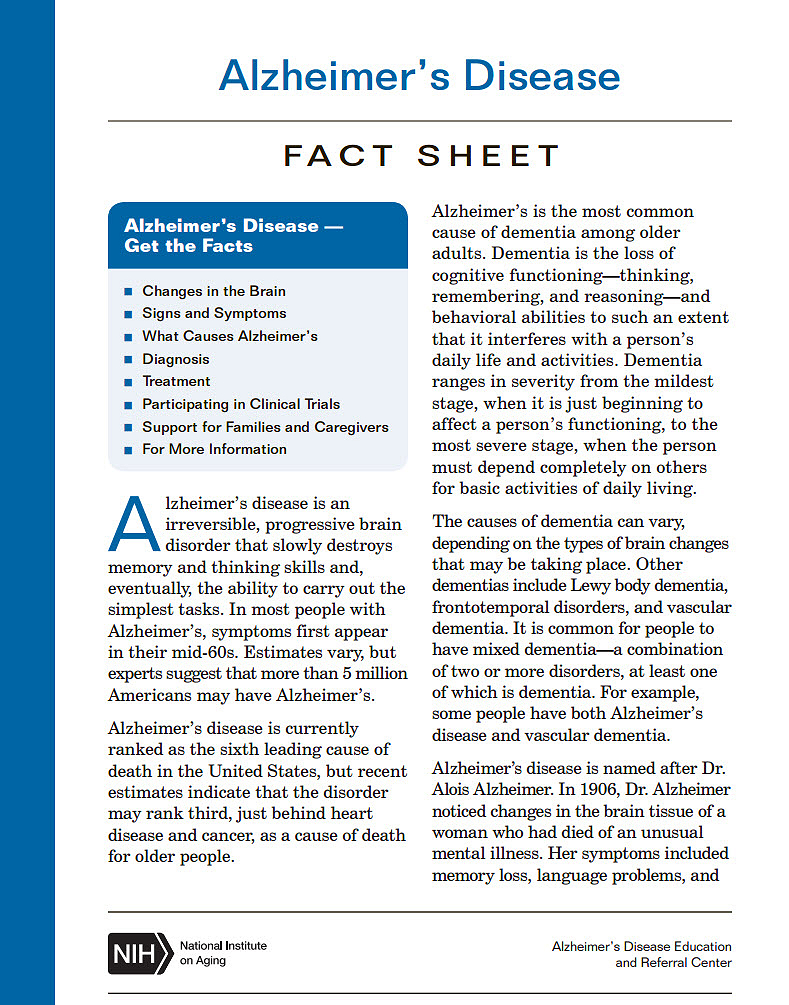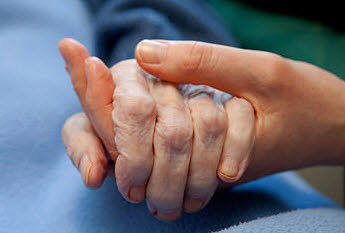(AARP) When you can’t lean on family and friends to help take care of you, here’s what you can do.
Carol Marak was a caregiver for both her parents: Her mom had congestive heart failure and her dad had Parkinson’s disease. After they died and she turned 60, she says,
“It occurred to me … oh, my goodness, I am not married. I do not have children. Who is going to do that for me?”
Marak, 65, of Waco, Texas, is considered an “elder orphan” — someone who is aging alone with no family available to address their caregiving needs. More than 1 in 5 Americans older than 65 are — or are at risk of becoming — elder orphans. And 23 percent of boomers will eventually be without family caretakers, according to Maria Torroella Carney, who has studied the issue and is chief of geriatric and palliative medicine at Northwell Health of Great Neck, N.Y.
And those figures don’t include the countless parents whose adult children are not available or able, for various reasons, to assist them.
The American Geriatrics Society recently developed guidelines for how public policy and the health care industry might assist elder orphans. (The authors refer to them as “unbefriended” older adults.) Experts warn of a potential crisis as the population ages and even fewer family caregivers are available for each person.
A 2015 AARP Public Policy report titled “Valuing the Invaluable” concluded that while there were 7.2 potential family caregivers for every person 80 and older in 2010, that ratio is likely to fall to 4 to 1 by 2030, and could sink to 3 to 1 by 2050.
But even with already high numbers of elder orphans set to skyrocket, there’s still a widely held assumption in the health care industry that everyone has a family caregiver in the wings.
“When you go in for a colonoscopy, they won’t even do the procedure if you don’t have someone to take you home,” Marak points out.
“Everyone thinks we all have family. Well, we don’t.”
Here are some tips for planning ahead if you don’t have a family caregiver.
Consider where — and how — you might like to age. While you’re still healthy, evaluate your living situation and try to make a plan.
“Identify where the best place is for you to live,” Carney says.
“Should you move to an area that’s more walkable, or has mass transportation or access to taxis?”
You might also consider communal living options, such as taking on roommates, or moving to a senior community or assisted living facility — often an ideal option for some who can afford it.
Get your paperwork in order. Make all legal documents accessible and your intentions clear. That includes deciding upon a health and financial proxy: Who’s going to make crucial decisions for you if you become incapacitated? If you don’t have anyone in your personal life to fill that role, you might look into elder care resources in your region. Or your doctor may be willing to step in, Carney says.
“I’ve had patients who’ve had no one and have asked me or my colleague to be their health care proxy,” she adds.
(If a physician agrees to be your proxy, he or she can’t continue as your health care provider.) You might consult an elder care lawyer to discuss your situation and help you plan.
Develop a social network. You may not be able to rely on friends for serious, long-term care, but they can help you — and you them — in many ways, such as bringing meals when you’re ill or recovering, and doing errands such as picking up prescriptions or groceries. Sometimes it’s hard to make new friends late in life, and old ones may not live nearby or are caught up in their own health issues. Consider joining clubs, taking a class, volunteering — anything that will offer you repeated exposure to a new group of people.
Find support from like-minded people. Marak started a Facebook group for elder orphans in February 2016 so
“people have a place just to feel like they’re not alone, so they can identify with others.”
Think creatively. Among other possible ways to plan for a future without a family caregiver, Marak has considered adopting a family. They’d agree to care for her, and she’d bequeath her assets to them. Other innovative ideas, Marak says, include joining other elder orphans in a living situation with space for a live-in caregiver
“so the residents, as they age, can count on this caregiver to help them at home. They provide the space for the person to live, and that person provides the services they need.”
If you have ideas for how elder orphans might prepare for aging without a family caregiver, join the conversation at AARP’s online community.

http://www.aarp.org/home-family/caregiving/info-2016/caregiving-tips-when-aging-alone.html?intcmp=CRC-FEED
Christina Ianzito is a features editor at AARP Media.
Copyright 2016 AARP
